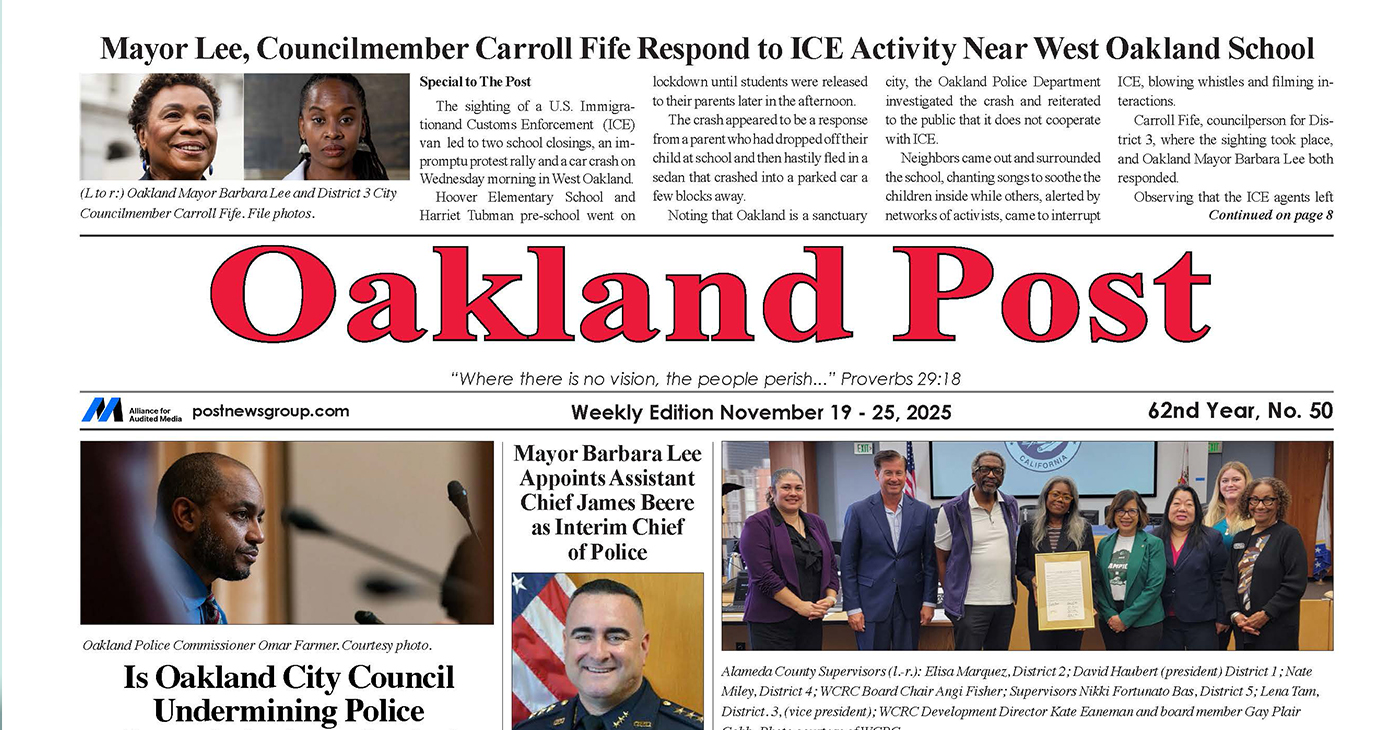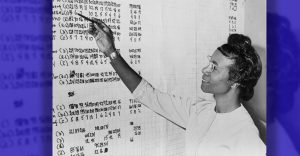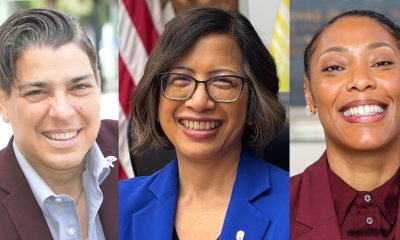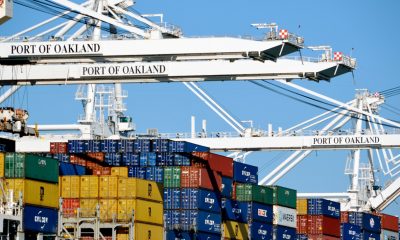Bay Area
Updated Alameda County Health Orders Released
On Monday, May 18, the Alameda County Public Health Official issued an updated Shelter-in-Place Order that allows certain businesses to resume operations at this time, under specific conditions. The measured steps towards re-opening are designed to avoid a spike in new COVID-19 cases that could overwhelm our health care system.
Effective immediately, the businesses allowed to operate include:
- Retail stores for curbside or storefront pick up, and/or delivery only
- Manufacturing businesses permitted to operate under the state Resilience Roadmap
- Logistics and Warehousing permitted to operate under the state Resilience Roadmap
These businesses must implement Site-Specific Protection Plans, as required by California’s Resilience Roadmap, and informed by local guidance issued by the Alameda County Dept. of Public Health, to include the following elements:
- Social distancing protocol plans for employees and customers
- Administrative controls to stagger employees, breaks, and teleworking for those that can work remotely
- Training for employees on limiting spread of COVID-19 (temperature and/or symptoms screening, hand washing technique, and face-covering requirements)
- Disinfection protocols for routine and deep cleaning
- Industry-specific best practices
- Notification of COVID-19 positive cases
- Compliance and documentation
See a roster of additional businesses permitted to operate with site-specific safety plans and COVID-19 protective measures at:http://www.acphd.org/media/577585/alameda-county-health-officer-order-20-11-appendix-c1-english.pdf.
Businesses seeking guidance on Alameda County guidelines for re-opening should e-mail covidrecovery@acgov.org.
Businesses and activities authorized under previous orders may continue.
Public or private gatherings of any size remain prohibited.
“While the data is moving in the right direction, we are monitoring the five indicators with vigilance and caution,” said Dr. Erica Pan, health officer for Alameda County. “Early Stage 2 includes curbside or storefront retail and manufacturing and warehouses. It does not include other office workplaces or additional industries authorized by the State for some other counties that have applied to move faster, like malls and dine-in restaurants.”
A second order by the Alameda County Health Officer allows highly regulated vehicle-based gatherings of up to 200 cars at a time, for no longer than three hours, with specific conditions, including by-invite only, onsite security if there are more than 10 cars, and more. For example, these gatherings might include drive-in movie theaters as well as in-car graduation ceremonies, worship services, or funerals.
To specifically support businesses with curbside or storefront pick up, and/or delivery, the City is taking the following steps:
- Expediting White Curb Requests
In order to facilitate customer pick-up and delivery from Oakland businesses during the COVID-19 period, business owners can request a temporary white curb in front of their business. To request a temporary white curb, please contact Oak311 by dialing 311 or online at https://www.oaklandca.gov/services/oak311.
- Business Use of Frontage Zones
The City is not requiring permits nor enforcing penalties related to the use of the frontage zone of business.
The frontage zone is the first three feet of public space directly in front of a business. For a limited time, no permits or fees will be required for the use of frontage space, provided that the use:
-
- is consistent with social distancing;
- respects the pedestrian path, so people may walk and roll freely; and
- and does not create a safety hazard where one did not exist before.
Business owners can start using frontage spaces in front of their establishments today.
Businesses can contact the OakDOT permit office with any questions at (510) 238-3891.
- Streamlining Sidewalk and Roadway Permitting
In anticipation of further updates to Alameda County’s Shelter in Place Order, City departments are working to revise the permitting process for sidewalk and roadway encroachments to make it easier for retailers and restaurants to use larger portions of the sidewalk and roadway to support their businesses. The City is working to streamline permits for parklets, café seating and other uses to help businesses better meet physical distancing requirements, and anticipates issuing updated guidelines by the end of May. City departments want to hear from local businesses about how it can streamline permitting for creative ways to use larger portions of the sidewalk, adjacent parking spaces, and the broader street space to support businesses.
Food Service Opportunity
The City is partnering with World Central Kitchen and others to provide meals to Oakland’s hungry. Restaurants must have the capacity to provide up to 300 meals per day.
World Central Kitchen’s goal is to engage 200+ restaurants to serve 2 million meals in Oakland through the end of July. Additionally, the state’s new Great Plates Delivered program will need restaurants to supply meals for seniors. Please note, you are not eligible for this new program if you are already participating in another state or federal meal service program.
Participating restaurants will need to be able to meet senior and/or general meal requirements:
- Senior meals:
- Breakfast must be low in sodium, no sugary drinks (<24 grams/8 oz., 100% fruit juice).
- Lunch and dinner: a piece of fresh fruit or vegetable on each dish, and low in sodium, no sugary drinks (<24 grams/8 oz., 100% fruit juice).
- General meals: Lunch/Dinner type meals must contain 14-16 oz. of food, composed of 4 oz. protein,
- 6 oz. starch/grain, 6 oz. vegetable, and be free of peanuts, tree nuts, and shellfish.
The meal service program – not the restaurants – will arrange for the delivery of meals. Restaurants are paid by the food operator for the meals in bulk purchases.
Interested restaurants should complete this short survey form and send a scan or photo of their menu to kwilliams@oaklandca.gov. The meal service program staff will be in touch with restaurants that are the best fit.
Other Re-opening Resources
In anticipation of these measured openings, the City posted a number of resources at: https://www.oaklandca.gov/resources/re-opening-resources. Resources include the State of California industry guidelines to help businesses reduce risk and establish a safe, clean environment for workers and customers.
- Read the Centers for Disease Control and Prevention’s Worker Safety and Support guidelines
- at: https://www.cdc.gov/coronavirus/2019-ncov/community/worker-safety-support/index.html.
- Read the state guidelines, find industry-specific checklists and learn more at: https://covid19.ca.gov/industry-guidance/
- Find County resources for businesses, including fillable social distancing protocol templates in multiple languages, at: http://www.acphd.org/2019-ncov/covid-recovery.aspx
Every organization and business, regardless of when it will be permitted to open, should prepare for reopening by working on plans that include:
- Physical distancing for employees and visitors
- Administrative controls to stagger employees and breaks, and continued teleworking for those who can work remotely
- Training for employees on limiting spread of COVID-19 (temperature and/or symptoms screening, handwashing technique, face-covering requirements)
- Disinfection protocols for routine and deep cleaning
Business Re-opening & Recovery Survey
To help gauge COVID-19 impacts on Oakland business and what resources would help business owners as they plan for re-opening and recovery, the City has launched a brief Business Re-opening and Recovery Survey.
The survey launched in English and additional languages will be added by Wednesday.
Alameda County
Seth Curry Makes Impressive Debut with the Golden State Warriors
Seth looked comfortable in his new uniform, seamlessly fitting into the Warriors’ offensive and defensive system. He finished the night with an impressive 14 points, becoming one of the team’s top scorers for the game. Seth’s points came in a variety of ways – floaters, spot-up three-pointers, mid-range jumpers, and a handful of aggressive drives that kept the Oklahoma City Thunder defense on its heels.

By Y’Anad Burrell
Tuesday night was anything but ordinary for fans in San Francisco as Seth Curry made his highly anticipated debut as a new member of the Golden State Warriors. Seth didn’t disappoint, delivering a performance that not only showcased his scoring ability but also demonstrated his added value to the team.
At 35, the 12-year NBA veteran on Monday signed a contract to play with the Warriors for the rest of the season.
Seth looked comfortable in his new uniform, seamlessly fitting into the Warriors’ offensive and defensive system. He finished the night with an impressive 14 points, becoming one of the team’s top scorers for the game. Seth’s points came in a variety of ways – floaters, spot-up three-pointers, mid-range jumpers, and a handful of aggressive drives that kept the Oklahoma City Thunder defense on its heels.
One of the most memorable moments of the evening came before Seth even scored his first points. As he checked into the game, the Chase Center erupted into applause, with fans rising to their feet to give the newest Warrior a standing ovation.
The crowd’s reaction was a testament not only to Seth’s reputation as a sharpshooter but also to the excitement he brings to the Warriors. It was clear that fans quickly embraced Seth as one of their own, eager to see what he could bring to the team’s championship aspirations.
Warriors’ superstar Steph Curry – Seth’s brother – did not play due to an injury. One could only imagine what it would be like if the Curry brothers were on the court together. Magic in the making.
Seth’s debut proved to be a turning point for the Warriors. Not only did he contribute on the scoreboard, but he also brought a sense of confidence and composure to the floor.
While their loss last night, OKC 124 – GSW 112, Seth’s impact was a game-changer and there’s more yet to come. Beyond statistics, it was clear that Seth’s presence elevated the team’s performance, giving the Warriors a new force as they look to make a deep playoff run.
Activism
Oakland Post: Week of November 26 – December 2, 2025
The printed Weekly Edition of the Oakland Post: Week of November 26 – December 2, 2025

To enlarge your view of this issue, use the slider, magnifying glass icon or full page icon in the lower right corner of the browser window.
Activism
Oakland Post: Week of November 19 – 25, 2025
The printed Weekly Edition of the Oakland Post: Week of November 19 – 25, 2025

To enlarge your view of this issue, use the slider, magnifying glass icon or full page icon in the lower right corner of the browser window.
-

 Activism4 weeks ago
Activism4 weeks agoOakland Post: Week of November 12 – 18, 2025
-

 Activism3 weeks ago
Activism3 weeks agoIN MEMORIAM: William ‘Bill’ Patterson, 94
-

 Activism4 weeks ago
Activism4 weeks agoHow Charles R. Drew University Navigated More Than $20 Million in Fed Cuts – Still Prioritizing Students and Community Health
-

 Bay Area4 weeks ago
Bay Area4 weeks agoNo Justice in the Justice System
-

 #NNPA BlackPress3 weeks ago
#NNPA BlackPress3 weeks agoLewis Hamilton set to start LAST in Saturday Night’s Las Vegas Grand Prix
-

 #NNPA BlackPress3 weeks ago
#NNPA BlackPress3 weeks agoBeyoncé and Jay-Z make rare public appearance with Lewis Hamilton at Las Vegas Grand Prix
-

 Activism3 weeks ago
Activism3 weeks agoOakland Post: Week of November 19 – 25, 2025
-

 #NNPA BlackPress4 weeks ago
#NNPA BlackPress4 weeks agoThe Perfumed Hand of Hypocrisy: Trump Hosted Former Terror Suspect While America Condemns a Muslim Mayor






















































